Currently, the main solutions adopted by 5G fronthaul are: passive wavelength division and direct fiber connection. Passive wavelength division has the advantages of occupying less fiber cores of the optical cable and being able to be deployed quickly. With the further reduction of the price, it has become the main technical solution adopted by the 5G fronthaul at this stage. Optical fiber direct connection is divided into dual fiber bidirectional and single fiber bidirectional ( Bidi ) according to the different optical modules used in wireless equipment. China Mobile mainly uses dual fiber bidirectional, and China Telecom mainly uses single fiber bidirectional.
5G/6G BiDi Transceiver project investment
Single-fiber bidirectional and dual-fiber bidirectional optical modules are only slightly different in transmitting/receiving devices, and there is little difference in component cost. However, due to the small market demand for single-fiber bidirectional optical modules, the price is slightly higher by about 15%.
Passive wavelength division systems include combining/demultiplexing devices, and optical modules with wavelengths of 1351nm and 1371nm have a greater cost of dispersion, so more expensive APD detection devices are required, and the cost of components will be higher. Also due to the market size, the unit price of the current single-fiber bidirectional system is about 10% higher than that of the passive WDM system.
Project investment mainly includes optical cable line investment and optical module investment. Take a 4 system (5G and 4G 3d mimo each have 1 system, and other 4G stations 2 systems) macro station access as an example. The investment differences of various schemes are shown below surface.

Since China Mobile’s current wireless equipment purchases include dual-fiber bidirectional optical modules, the original optical modules need to be replaced when passive WDM is used. Therefore, the difference of the cost of passive WDM (13799 yuan) after considering the replacement cost of optical modules with dual-fiber bidirectional ratio is not as obvious as in the above table.
Lastest BiDi 25G SFP28 50G SFP56 Laser Solution
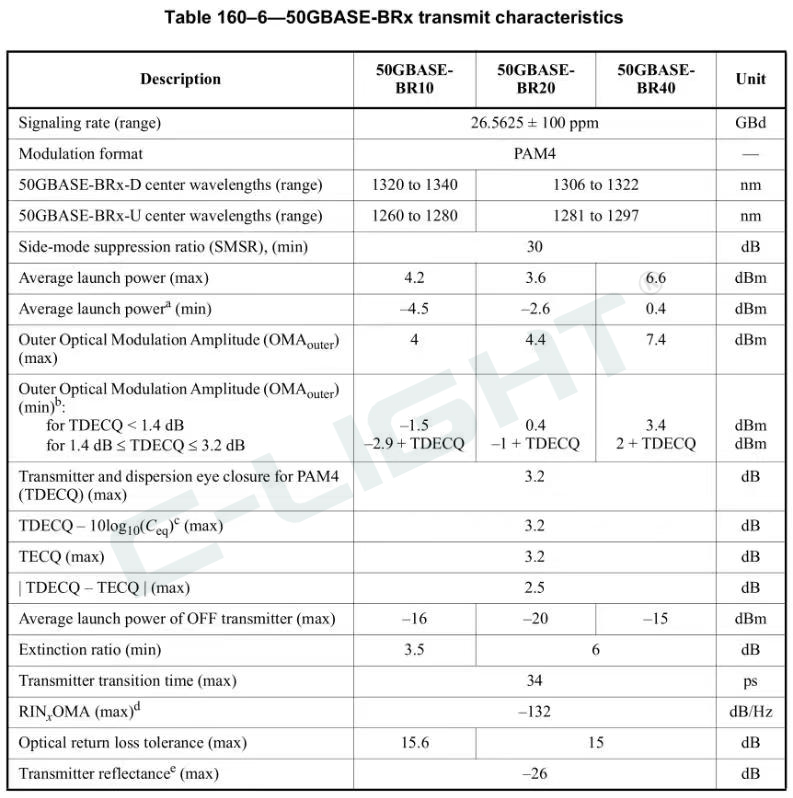

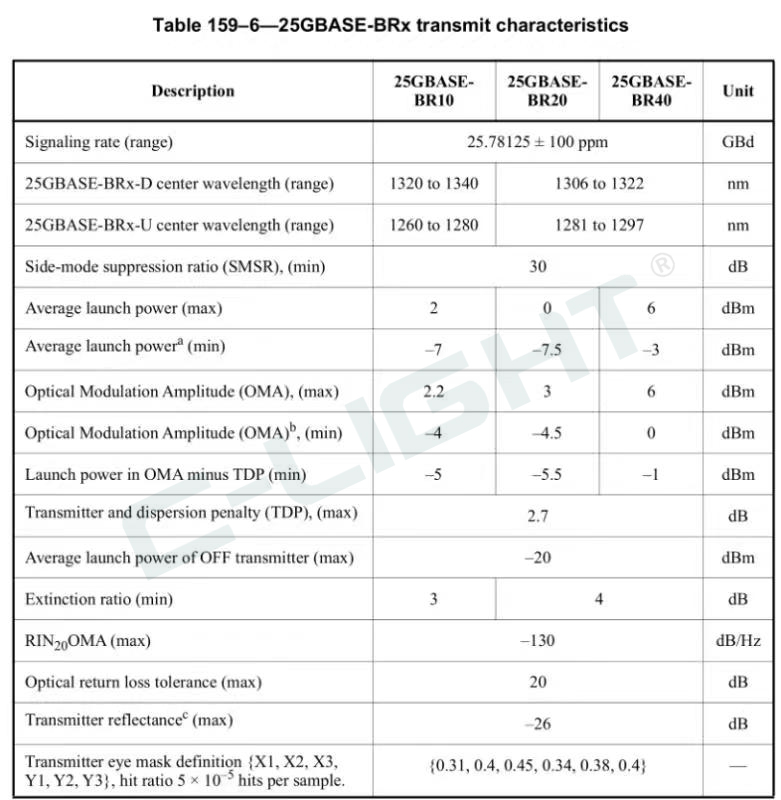
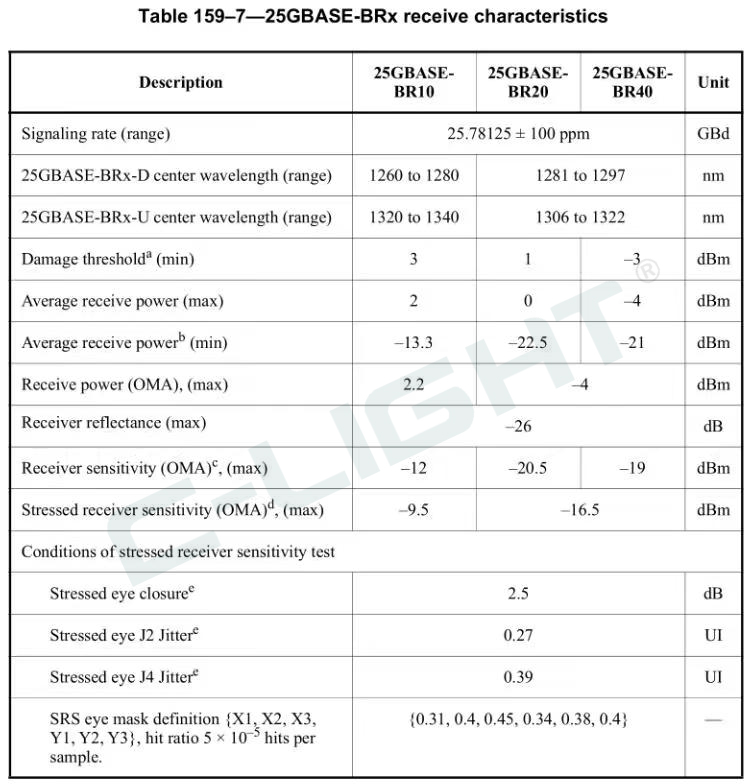
*25G/50G wavelength: 10km 1330/1270nm; 20~40km 1310/1290nm
Maintenance and management
Since the wavelength used by the single-fiber bidirectional optical module does not produce a large dispersion cost, there is no other difference in transmission index than the dual-fiber bidirectional optical module. In use, it is only necessary to specify one wavelength for the AAU end and another wavelength for the BBU end.
C-light BiDi Transceiver
50G SFP56 CWDM BiDi 10km 1270/1330nm pair; 20km/40km 1310/1290nm pair |
25G CWDM BIDI 10km
Any two from 1270nm~1410nm different CWDM Channels can be made into one pair BIDI SFP |
25G CWDM BIDI 40km
Any two from 1270nm~1330nm different CWDM Channels can be made into one pair BIDI SFP |
25G DWDM BIDI 40km
Any two from O-BAND different DWDM Channels can be made into one pair BIDI SFP
(under development) |
10G CWDM BIDI 40/80km
Any two from 1470nm~1610nm different CWDM Channels can be made into one pair BIDI SFP |
6G/10G/16G Single rate CWDM BIDI
10km Any two different CWDM Channels can be made into one pair BIDI SFP |
155M/622M/1.25G/2.5G Mutirate CWDM BIDI 40/80km Any two different CWDM Channels can be made into one pair BIDI SFP |
Technical principle of single fiber bidirectional
The optical modules used in wireless equipment are all optical transceiver modules.
Single-fiber bidirectional is mainly realized by WDM mode. As shown in the figure below, the optical module on the BBU side sends laser light with wavelength λ1 through the 45° beam splitter and then couples into the optical fiber. At the AAU end, the optical signal with wavelength λ1 is reflected by the 45° beam splitter and received; and vice versa.

Bidirectional optical core device module is 45 ° beam splitter, the beam splitter surface light source anti reflection coatings, reflective surface reflecting coating film, anti reflection film principle and the reflective film may refer to "passive wave WDM system The composition and principle of division multiplexer ". The internal structure and physical photos of the transmitting/receiving device (BOSA) in the optical module are shown in the figure below.
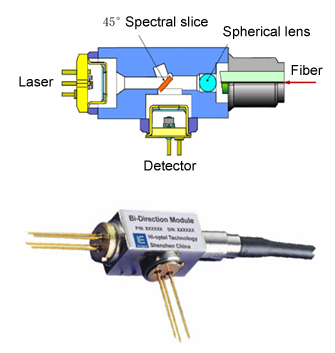
The transmission and reception of single-fiber bidirectional optical modules use different wavelengths. The working wavelength of 5G fronthaul optical modules is generally 1270nm/1330nm or 1270nm/1310nm.
The difference between single-core bidirectional and other fronthaul solutions
(1) Optical fiber direct connection scheme
Although the number of cores occupied by a single-fiber bidirectional system is only half of that of a dual-fiber bidirectional system, in most cases, the sheath length of the backbone optical cable is the same. The corresponding optical cable construction is shown in the figure below.
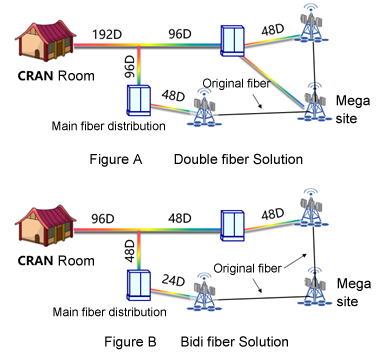
(2) Passive WDM solution
The passive wavelength division of 5G fronthaul currently mainly adopts 6-in-1 and 12-in-1 systems, which consume very little fiber core of the optical fiber. However, since the fronthaul optical cable network requires the sharing of the ODN network with the broadband service, if there is no optical cable resource between the CRAN machine room and the backbone optical interface, the backbone optical cable still needs to be constructed.
Most of the remaining fiber core resources of the original macro station's access optical cable can meet the use needs, and only a partial section of the distribution optical cable from the main optical fiber to the macro station can be constructed.












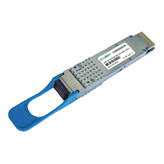

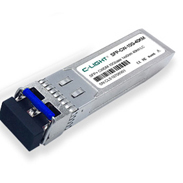
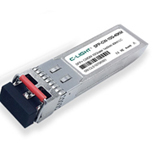
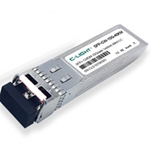
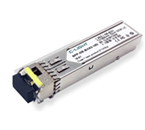
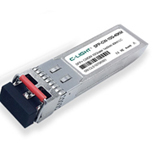
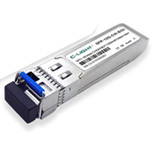



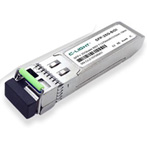

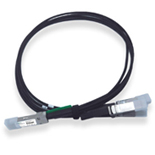
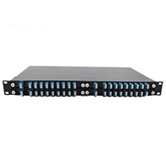
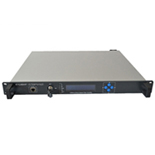
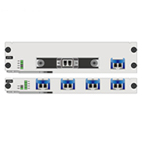

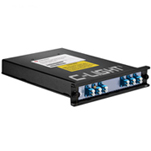
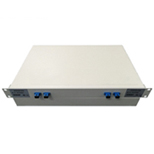


 Your current position:
Your current position: 











